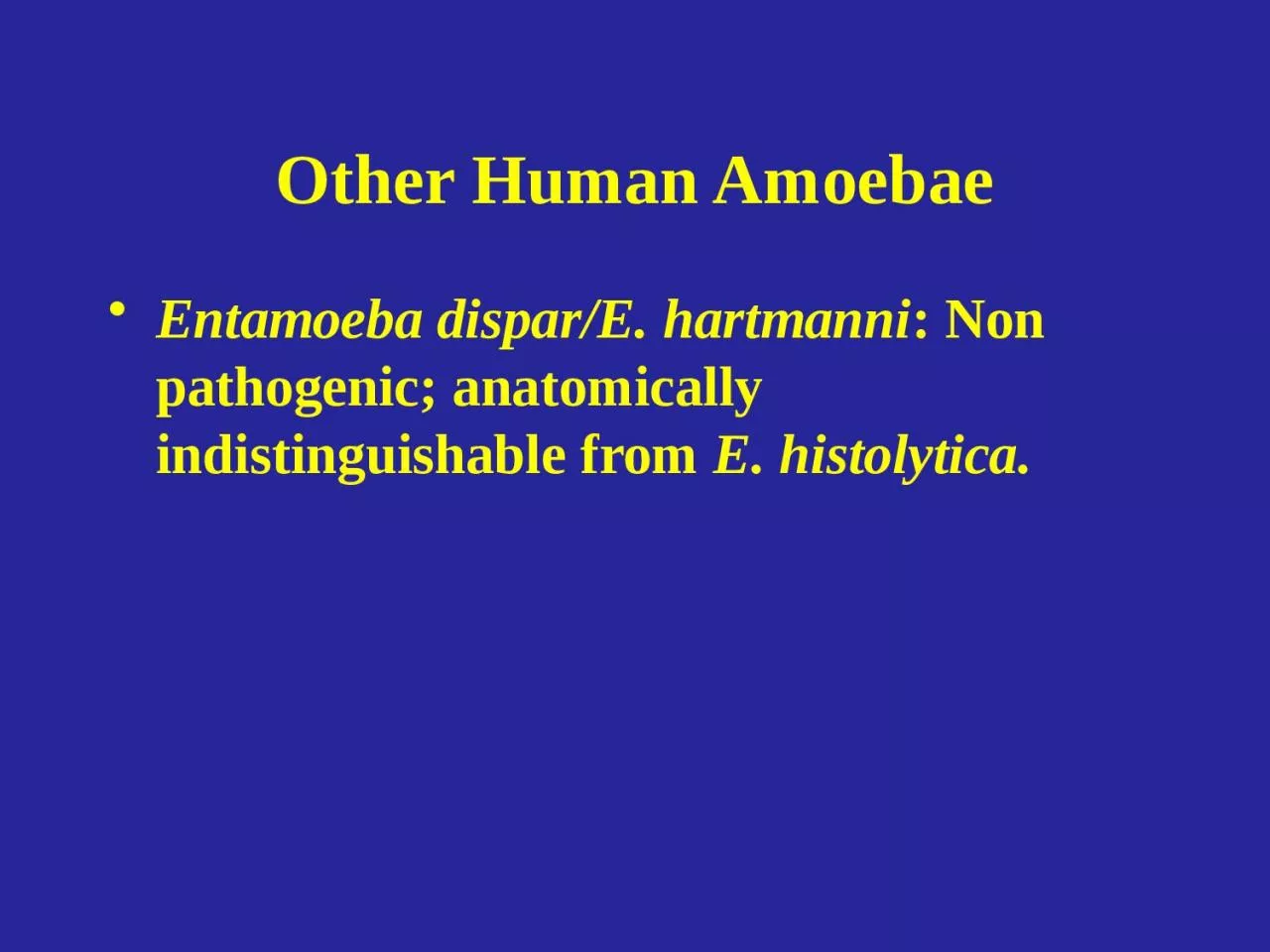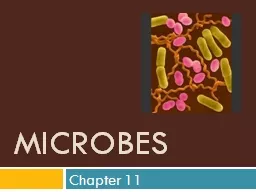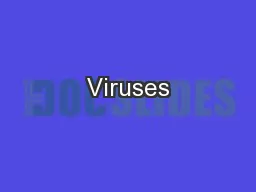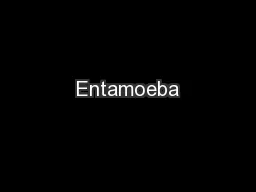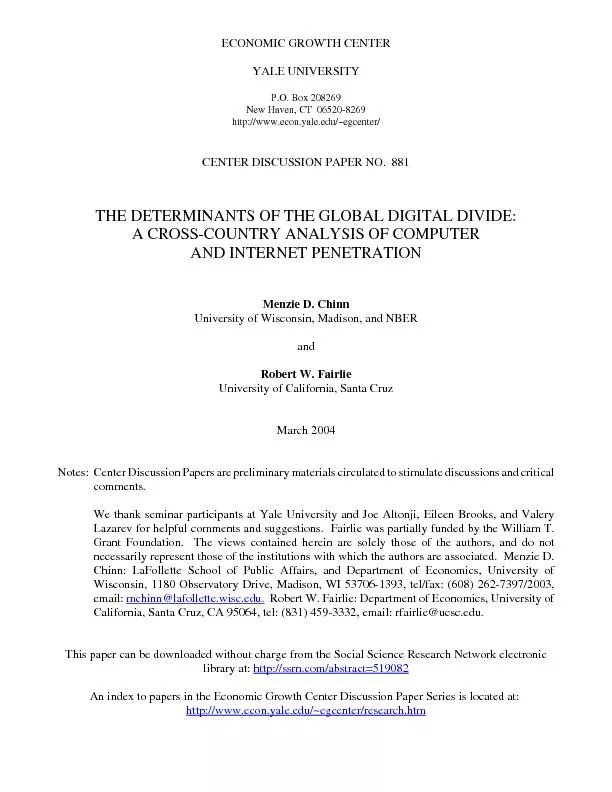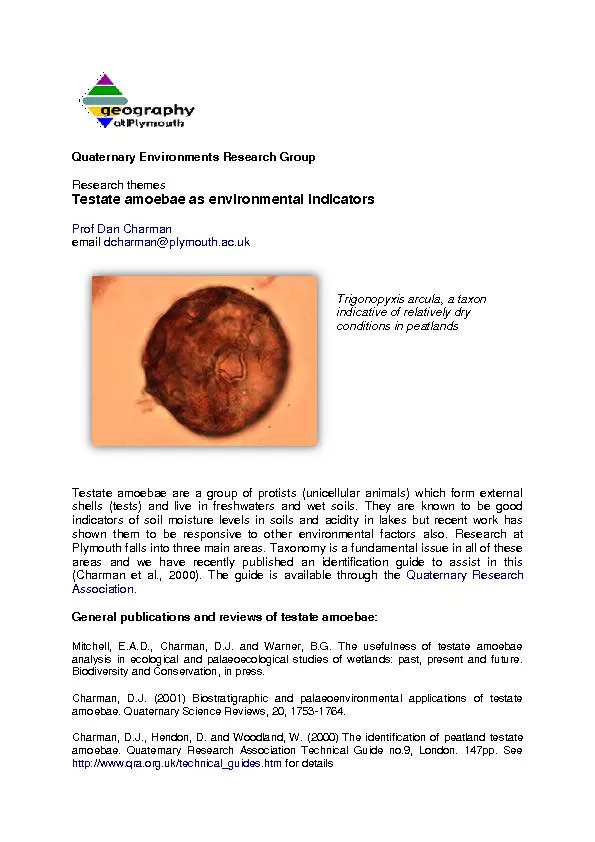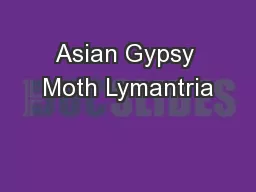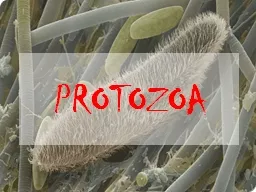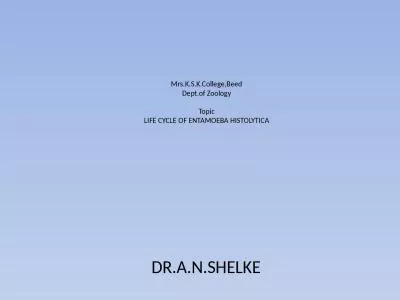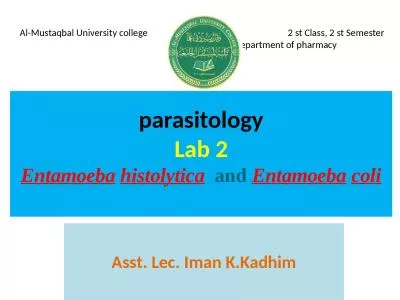PPT-Other Human Amoebae Entamoeba dispar/E. hartmanni
Author : ButterflyHeart | Published Date : 2022-07-28
Non pathogenic anatomically indistinguishable from E histolytica Entamoeba coli Trophozoite Cyst Nucleus Entamoeba coli Life cycle and location identical to
Presentation Embed Code
Download Presentation
Download Presentation The PPT/PDF document "Other Human Amoebae Entamoeba dispar/E. ..." is the property of its rightful owner. Permission is granted to download and print the materials on this website for personal, non-commercial use only, and to display it on your personal computer provided you do not modify the materials and that you retain all copyright notices contained in the materials. By downloading content from our website, you accept the terms of this agreement.
Other Human Amoebae Entamoeba dispar/E. hartmanni: Transcript
Download Rules Of Document
"Other Human Amoebae Entamoeba dispar/E. hartmanni"The content belongs to its owner. You may download and print it for personal use, without modification, and keep all copyright notices. By downloading, you agree to these terms.
Related Documents

